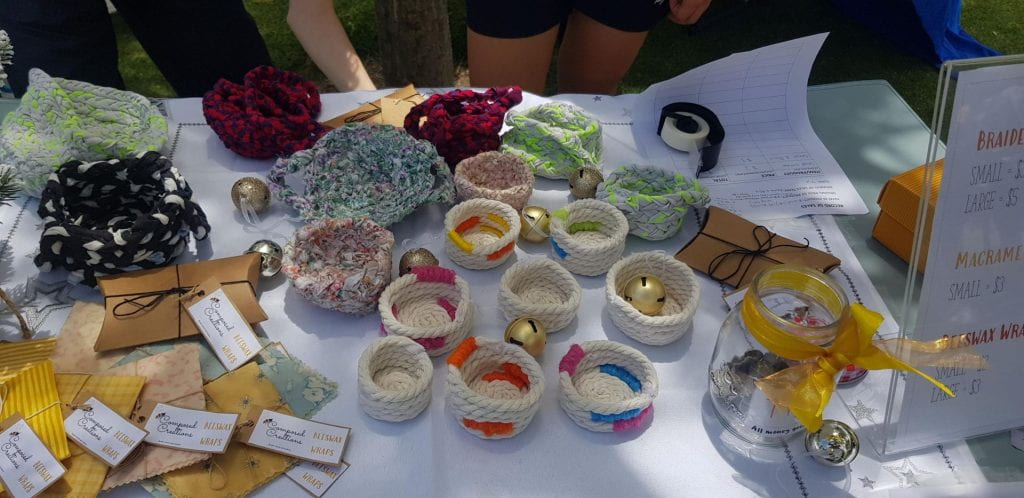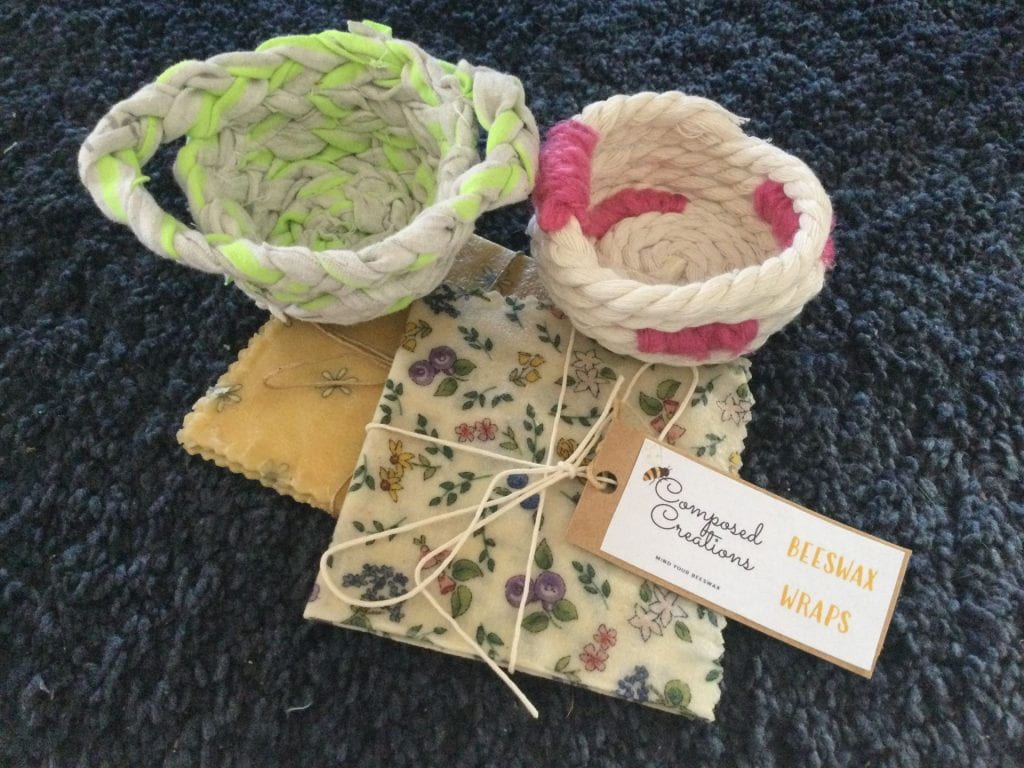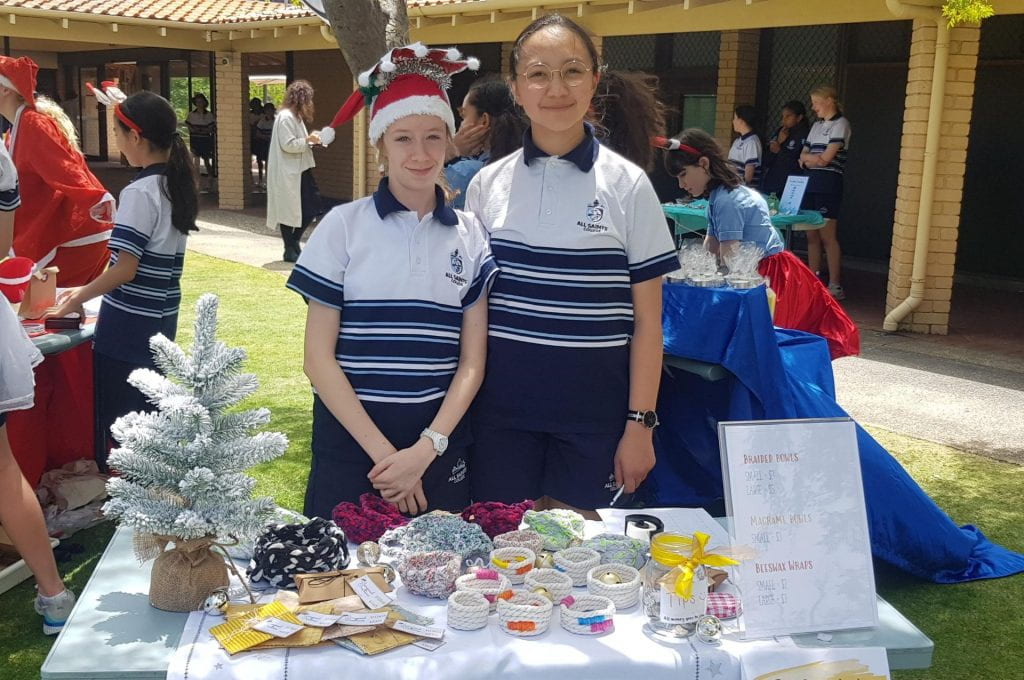
In term 4, we worked on a project in groups for economics where we made products to sell at the Christmas Market. We received an investment of $30 to start off our business for buying materials to create the products. After selling the products at the market we would pay it back, along with the profit which would go to charity and the float which we were allocated. My group (Amelia O and me) made $64.90 in profit, and the total profit of the whole of year 7 was $1953.

The first step in the Christmas market project was where we, in InnovatEd, got into random groups, brainstormed ideas for what different people would want for Christmas by interviewing each other and researched sustainable and ethical gift ideas. Over the weekend, we also interviewed some other people such as family members about what they would like for Christmas and what they think that other people would like for Christmas. This was useful and important for the Christmas market project as we would learn about good gifts for people and what to make to suit our target audience. This was the ’empathise’ part of the design thinking process.
Next, in class, we discussed what many people wanted for Christmas (from what we had learnt from the interviews) and shared with the class something important or useful we had learnt about that. This was the ‘define’ part of the design thinking process.
After this, we started the ideate part of the design thinking process. This was where we brainstormed ideas for products which we could make for the Christmas market. Some ideas that I came up with were rope bowls, reusable bags made from t-shirts and bookmarks made from ironed plastic straws. Then, we got into our groups and shared the ideas, then chose one to do for the market.
Next, we would pitch to our teacher our idea for the market, and they would decide whether or not to let our idea go ahead and invest the $30 in it. During this stage, we would research the product to see if we could make enough and if it fit in the budget. Then we could make a prototype if we wanted to see if we would be able to make it easily. We ended up deciding to make rope bowls made from macrame cord and rope bowls made from upcycled t-shirts. We were originally going to make sets of the products for people to buy, which is when we came up with the idea of the beeswax wraps to put in the set, but in the end, we didn’t sell the products in sets.

Next, we would start making the products to sell. Amelia worked on the macrame bowls and I worked on the braided rope bowls. On one weekend, Amelia came over to my house for us to make the beeswax wraps as we were using beeswax from my beehive. Meanwhile, in Digital ICT we made a spreadsheet on Excel to account for things such as the costs and profit/ loss of our products at the market.
In English, we worked on a print advertisement for our products. Before the market, we put them up in the canteen and in some areas at the year 5 and 6 building.
To do this, we learnt about advertising techniques, the types and purposes of advertisements and analysed advertisements.

Then, we sold our products at the Christmas market at lunchtime. Our products sold out, although near the end of the market, when we had two small beeswax wraps left, we had to lower the price from $2 each to $1 each because nobody had enough money anymore.
I think that the Christmas market project was a fun way to learn about economics, advertising and spreadsheets and it was useful that we were actually doing the market instead of just learning about the things in theory. I think that we did well at the market as we sold all our products; they were sustainable or made from upcycled materials and we made a profit of $64.90, which went to the Salvation Army.
